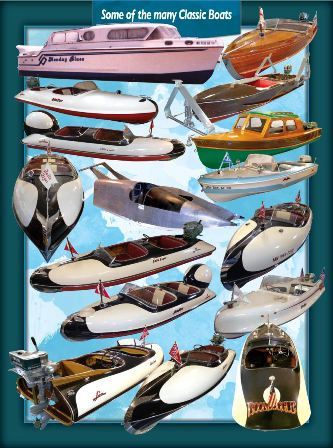1956 Falls Flyer
Paul G. Larson, based in Little Falls, Minnesota, began building the
Falls Flyer in 1937. The Falls Flyer was narrow, low slung, bullet shaped
and designed to be fast. This hull shape was patented in 1941. Early
Falls Flyers were of canvas on wood construction. By the early 1950's,
Paul Larson began using a fiberglass skin on the Falls Flyer. It has
been estimated that only about 99 "lake ready" original design
Falls Flyers exist today.
In 2013, the Mikkelson Collection, which housed the largest collection
of Falls Flyers, was closed and auctioned. John Monahan, who restored
many of the original design Falls Flyers (featured on the auction poster)
in the Mikkelson Collection, has been a generous source of parts and
information.
Below are images from the "salvage operation" of a 1956 Falls
Flyer found in the backwoods of Tennessee. My Father and I are taking
a "Restomod" approach to this project.
Some images "showcasing"
the original condition of this particular Falls Flyer...
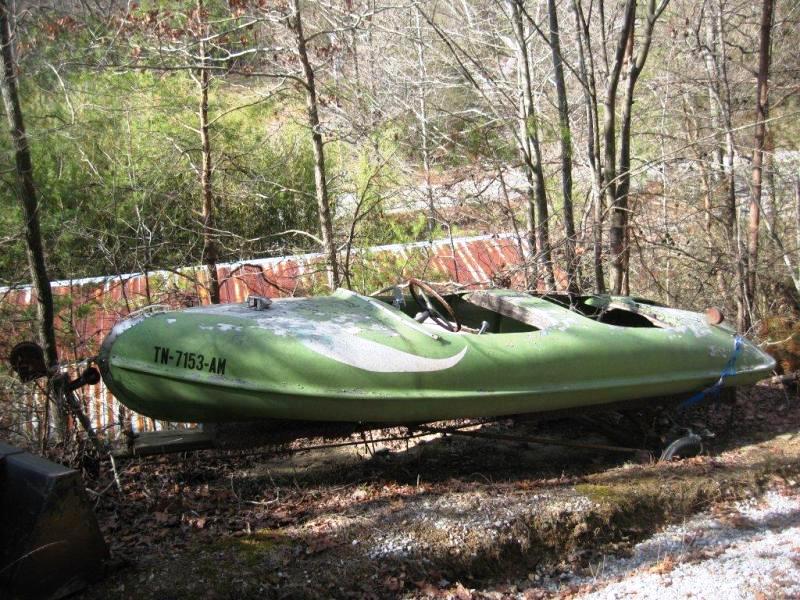
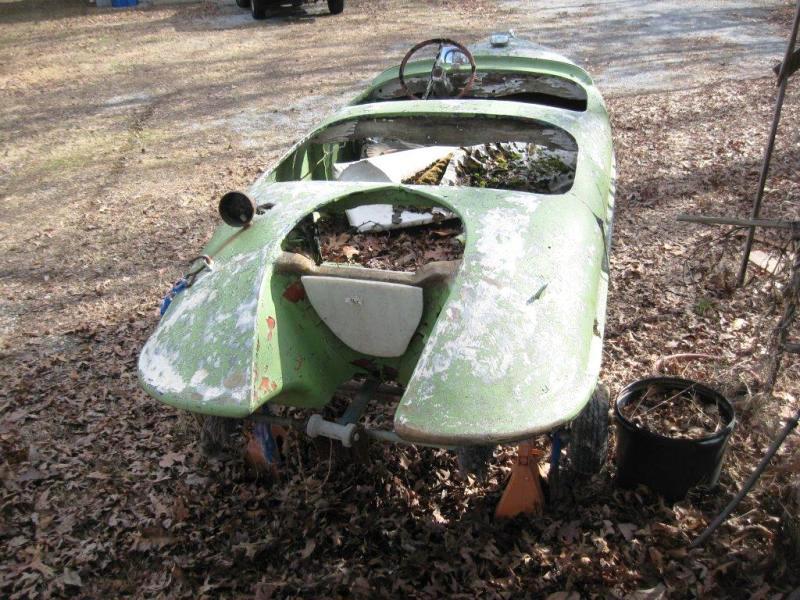
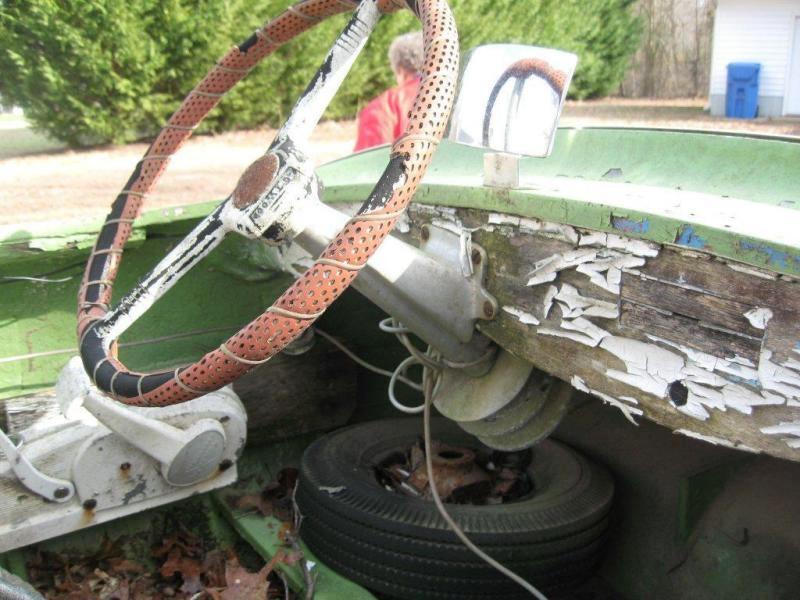
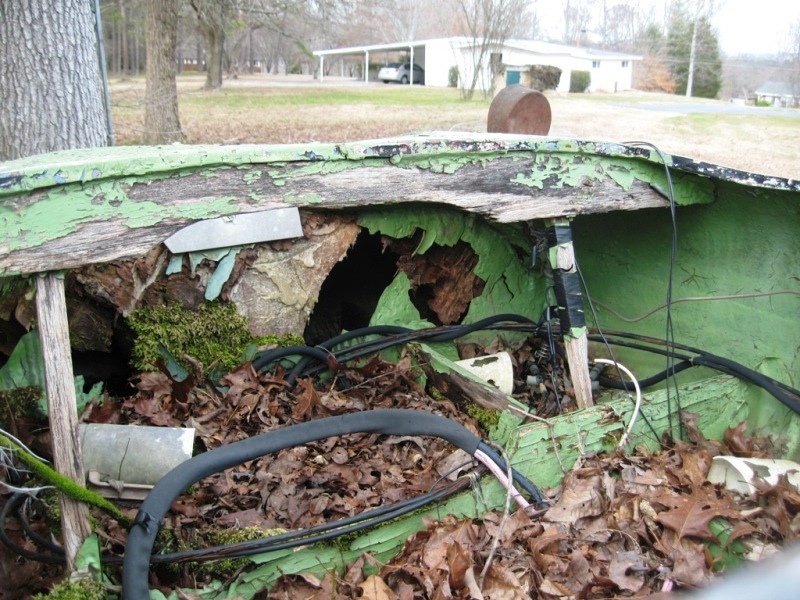
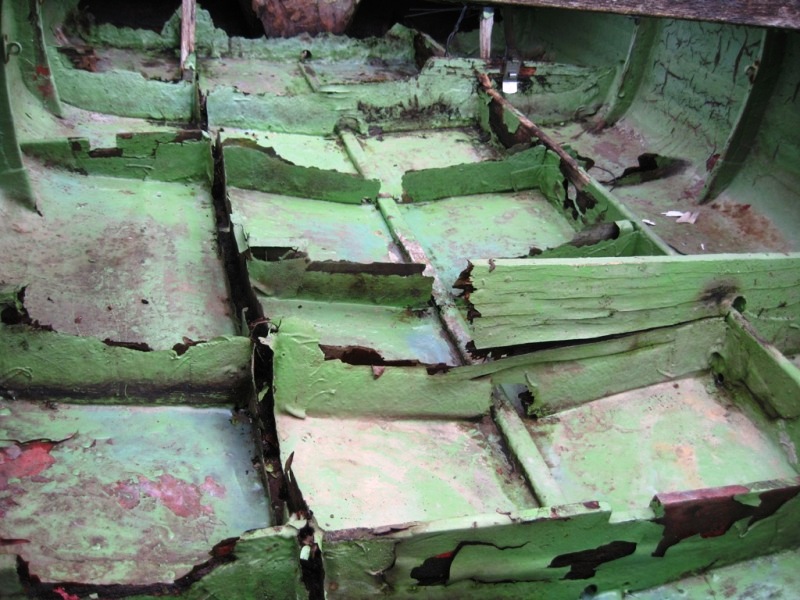
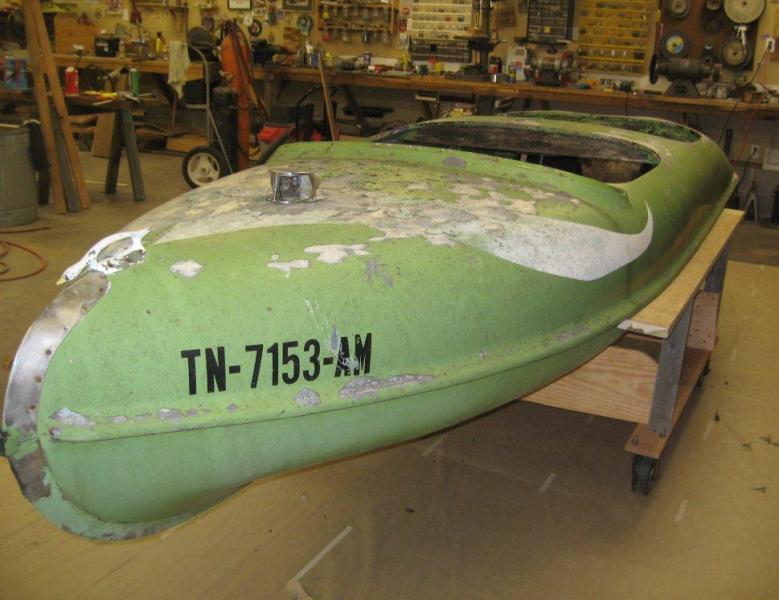
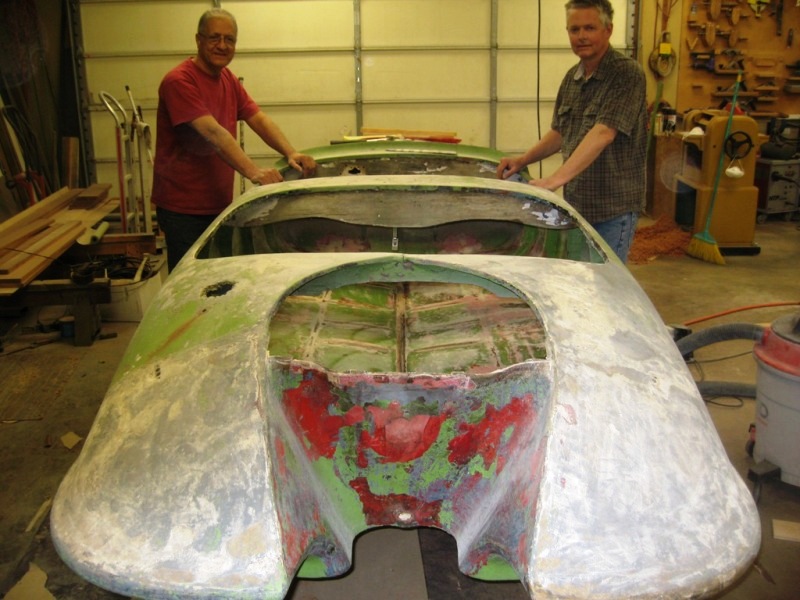
Tennessee barn
aged (Thank you Dolly!) Honduran mahogany was used to rebuild (replace)
the interior wood structure...
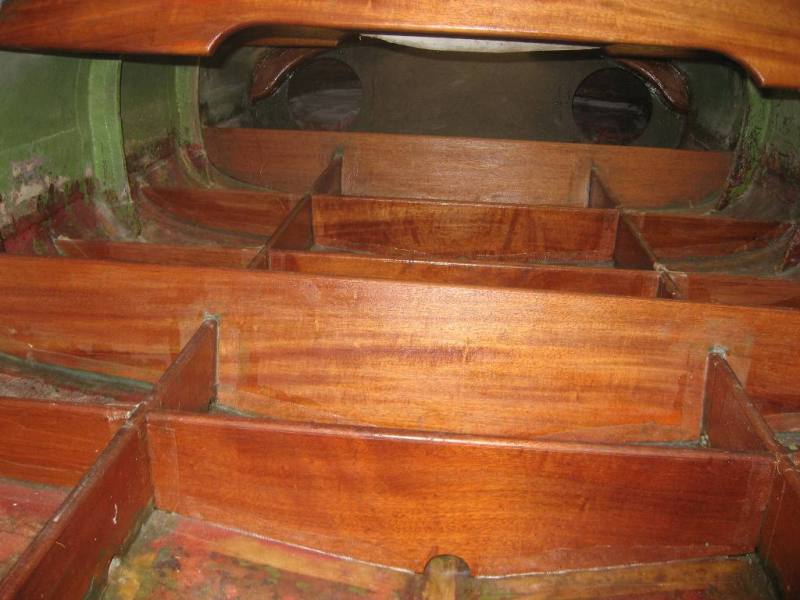
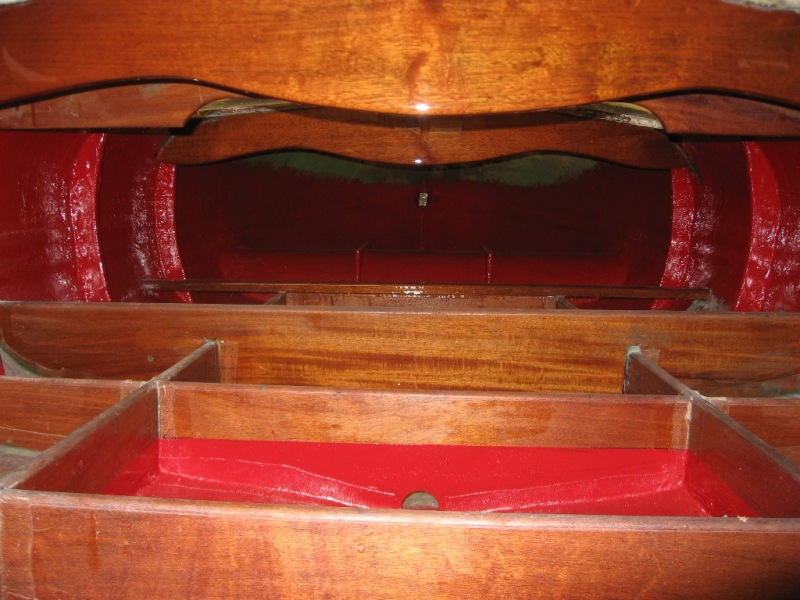
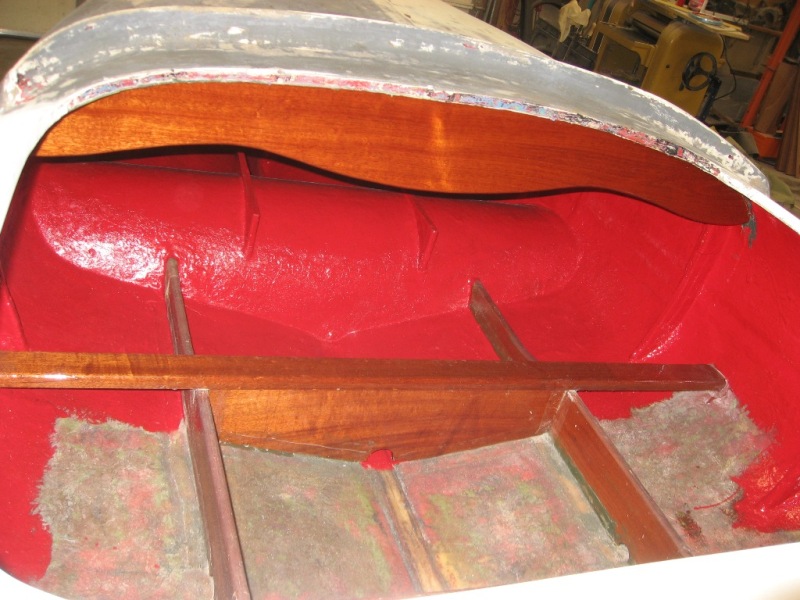
Work on the bottom
hull... Thank
you Kenny, "King of Red!"
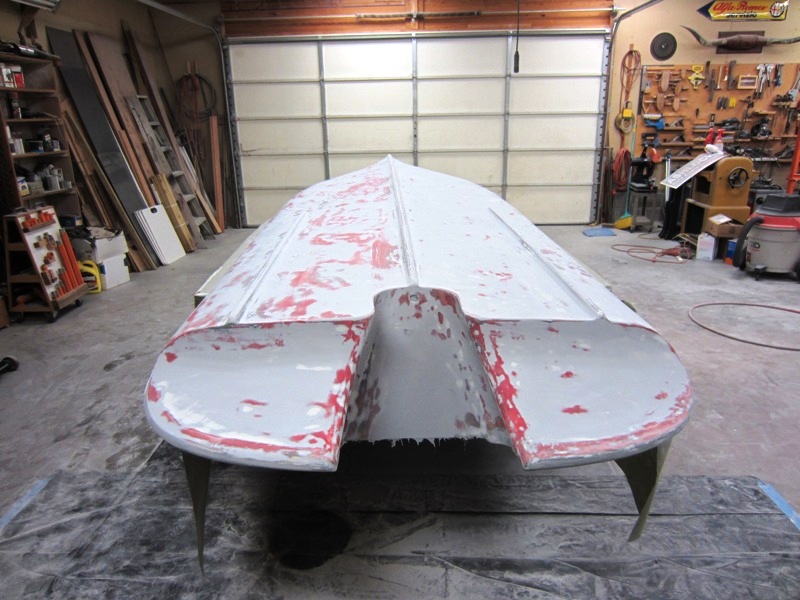
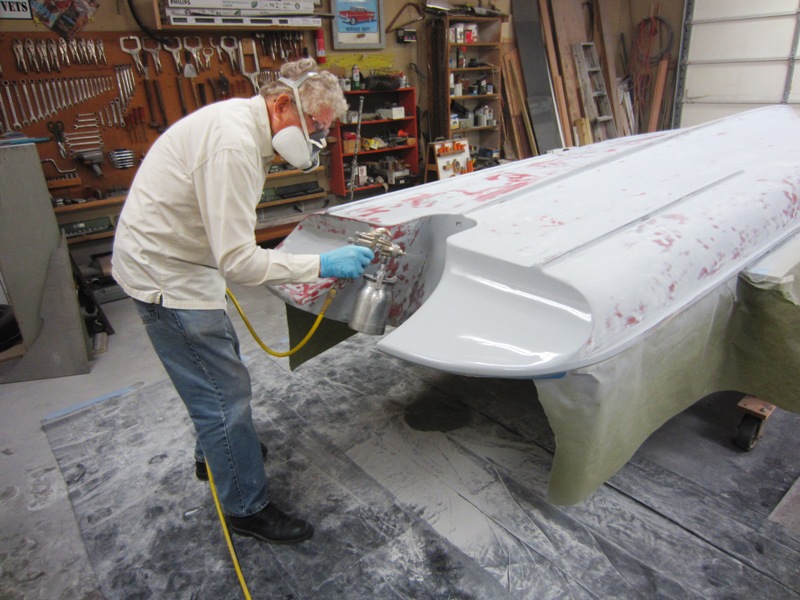
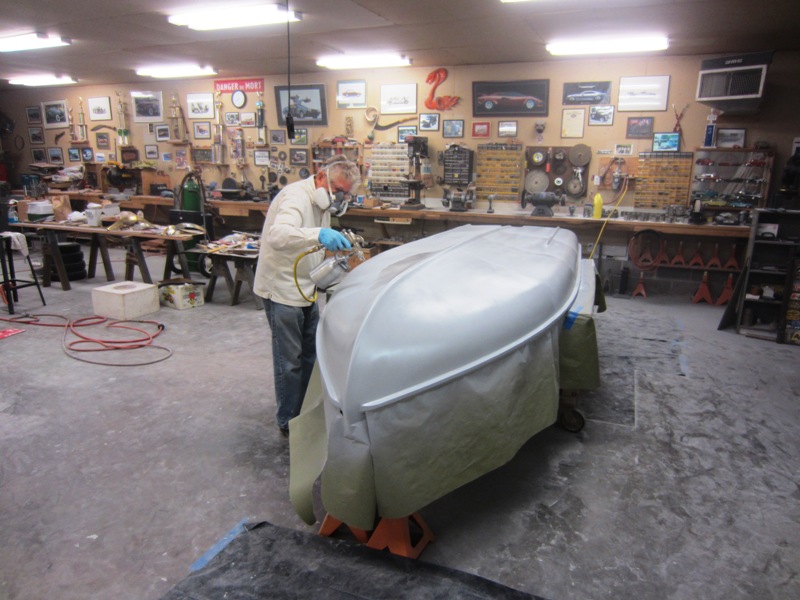
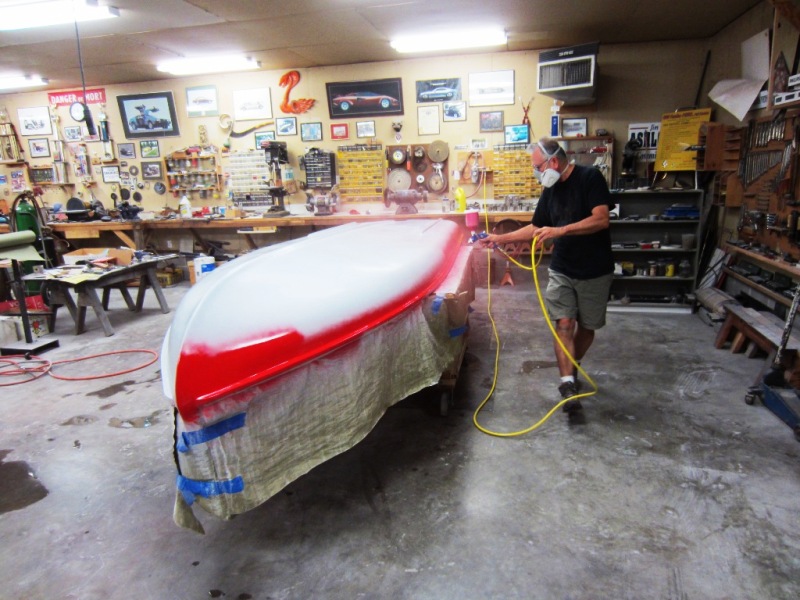
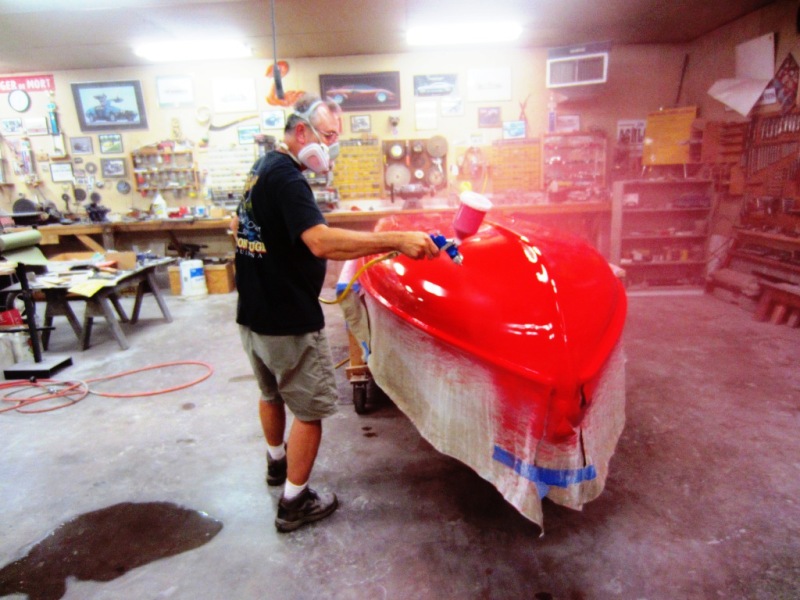
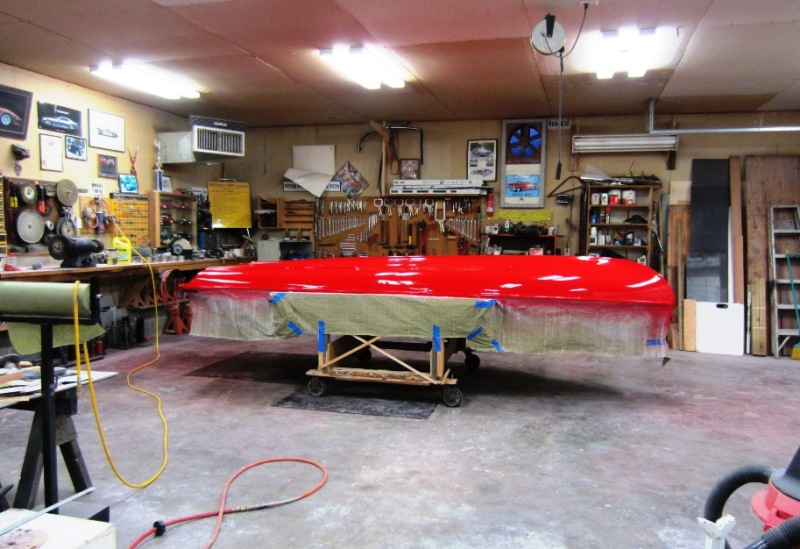
The bow cleat was
inspired by the "Lone Eagle" of native son Charles Lindberg
tends to resemble a duck/swan/loon... An original set of "wings",
located by John Monahan, are pending installation. The bow plate (two
piece), shown with the cleat, was damaged beyond salvage and replaced
with a single brass handcrafted plate.
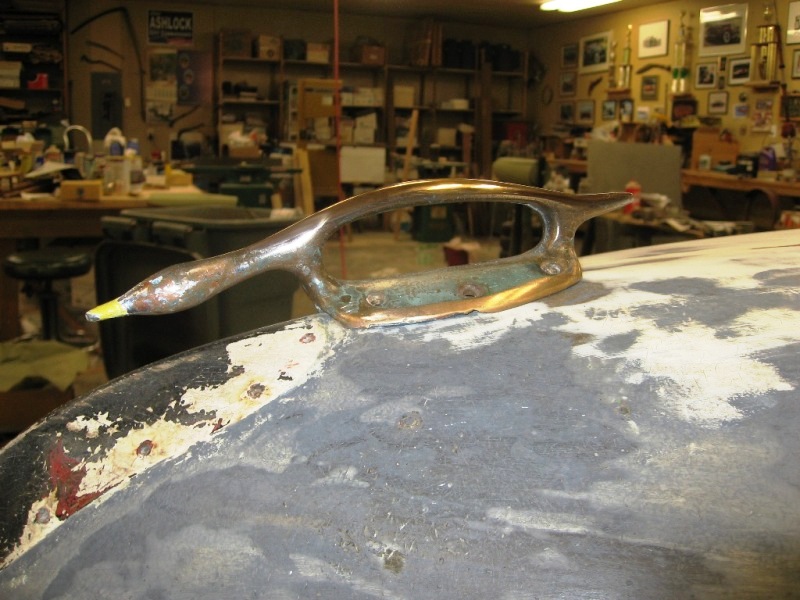
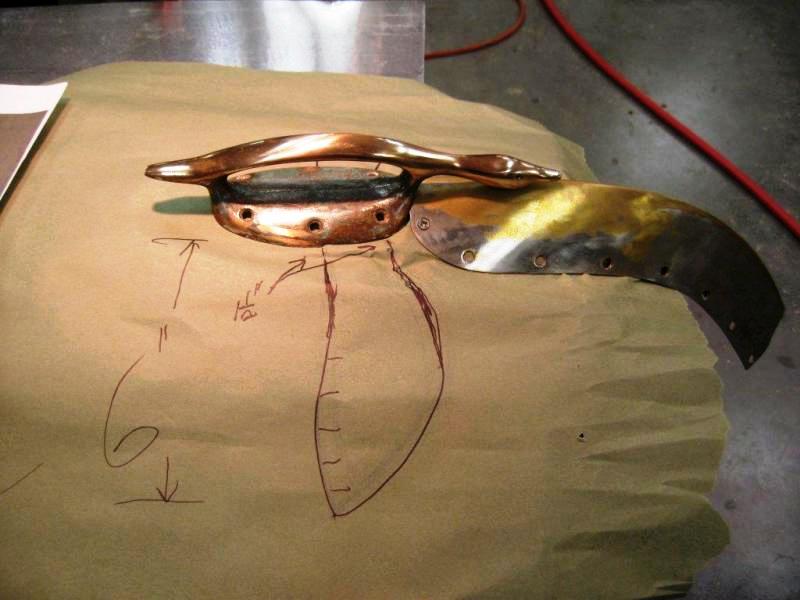
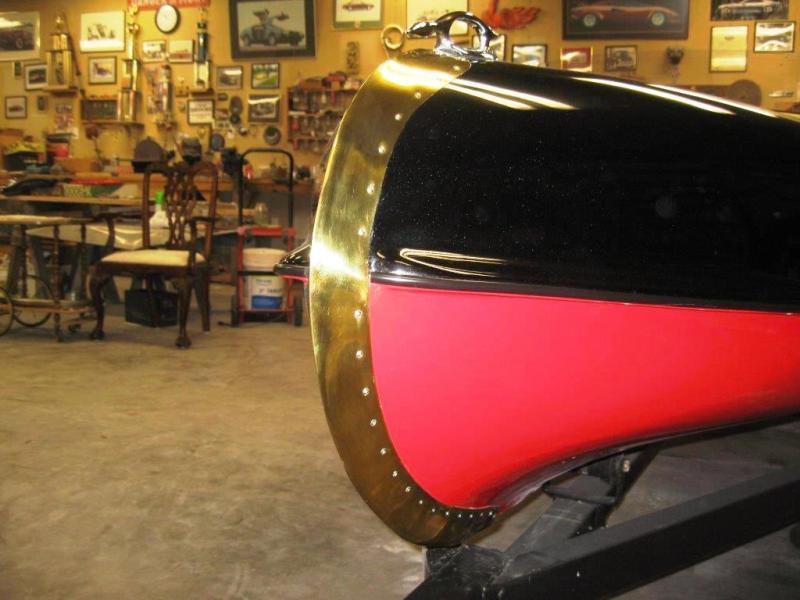
Working on the
top hull...
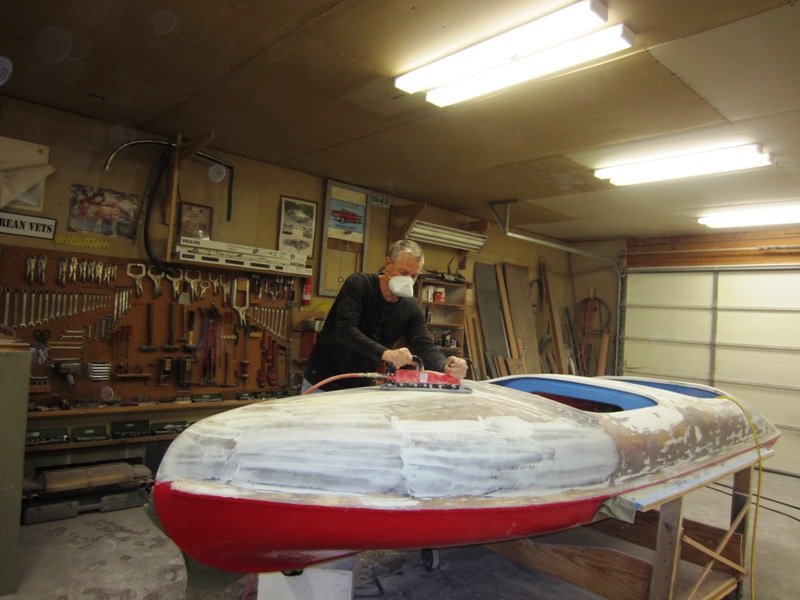
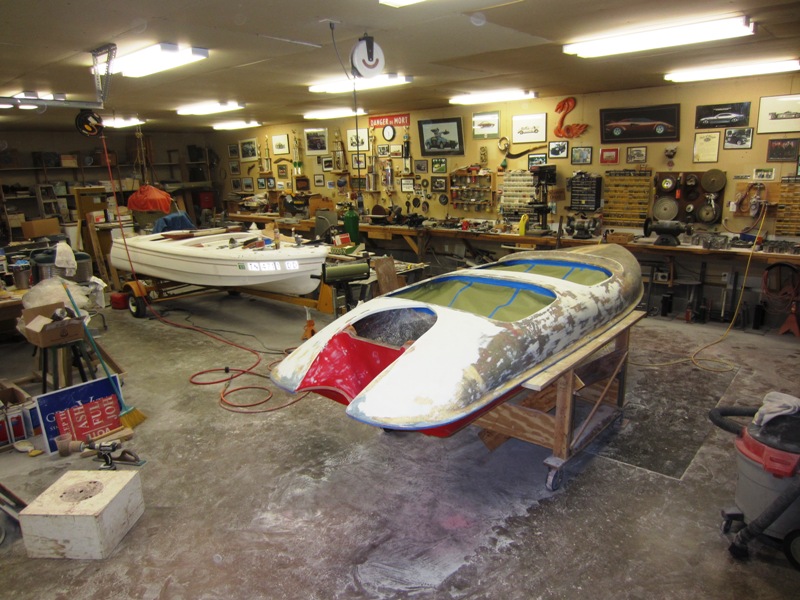
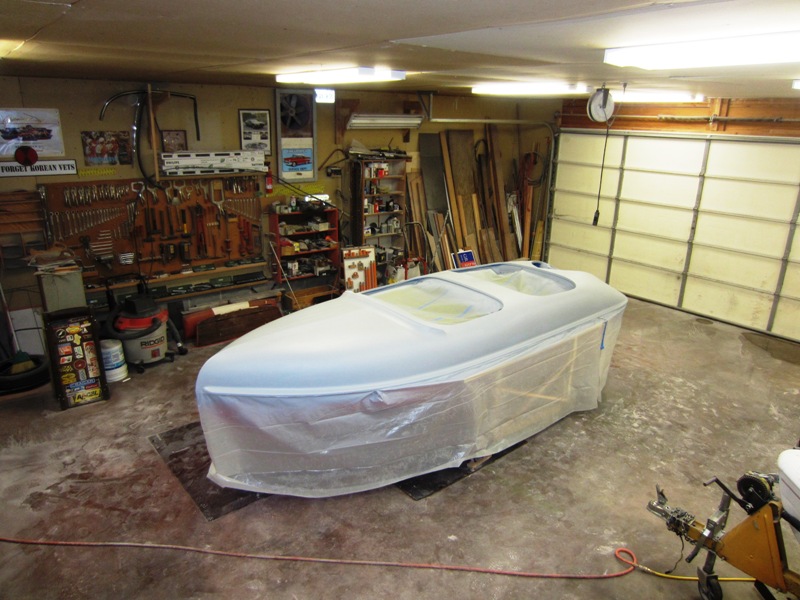
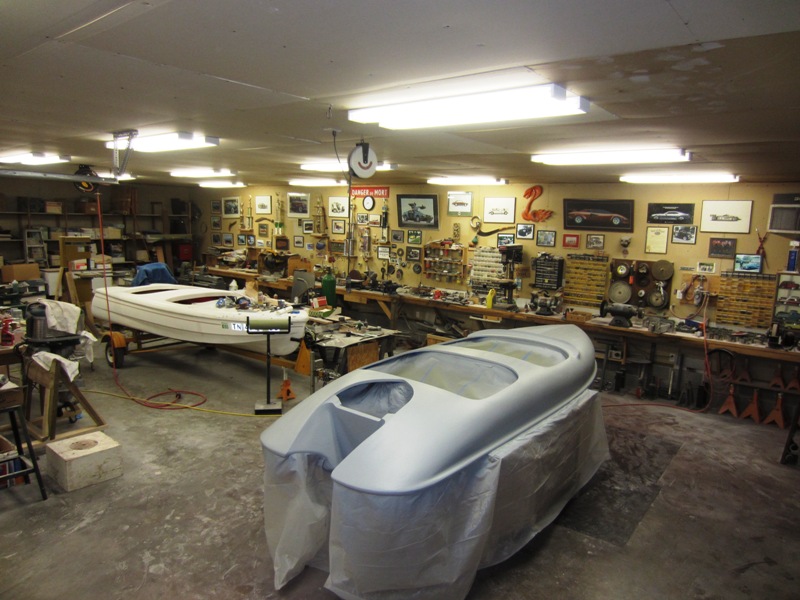
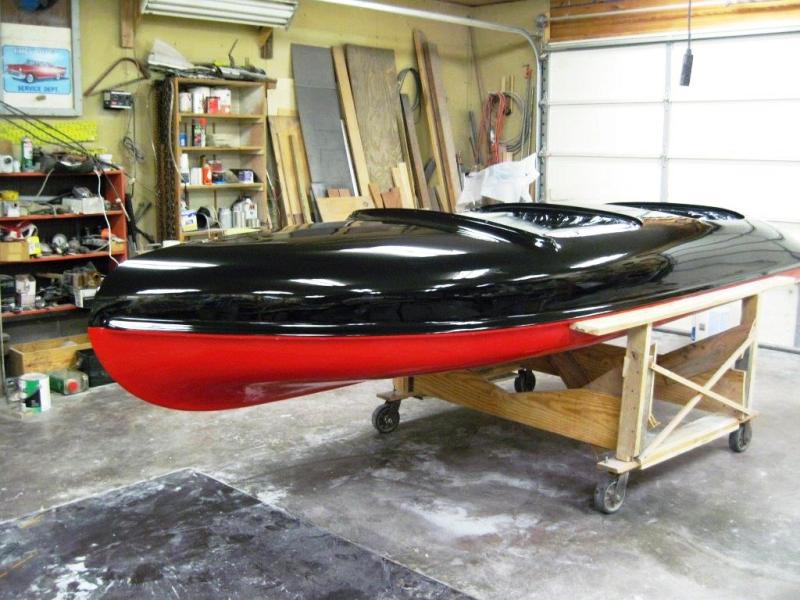
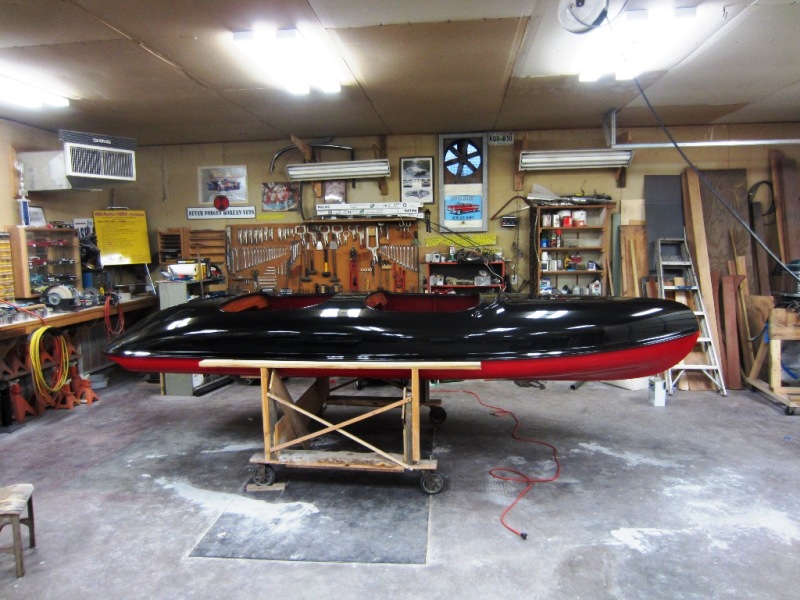
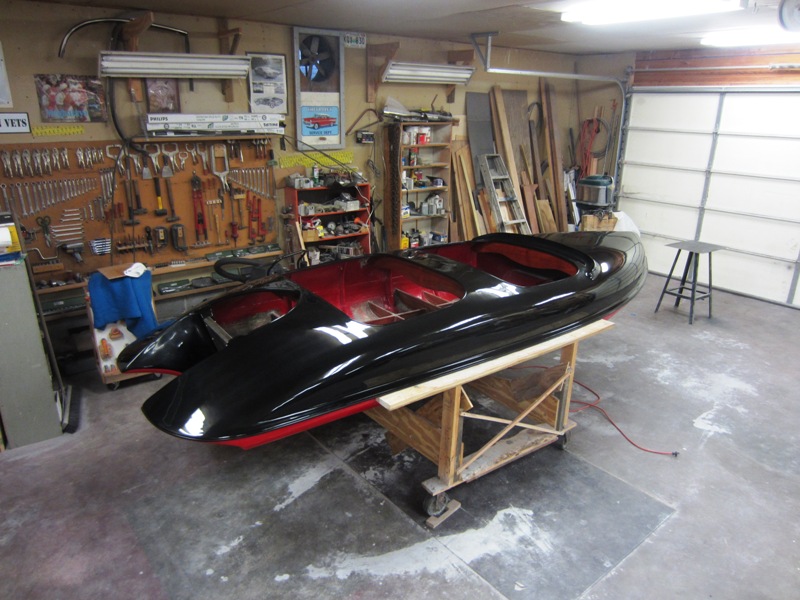
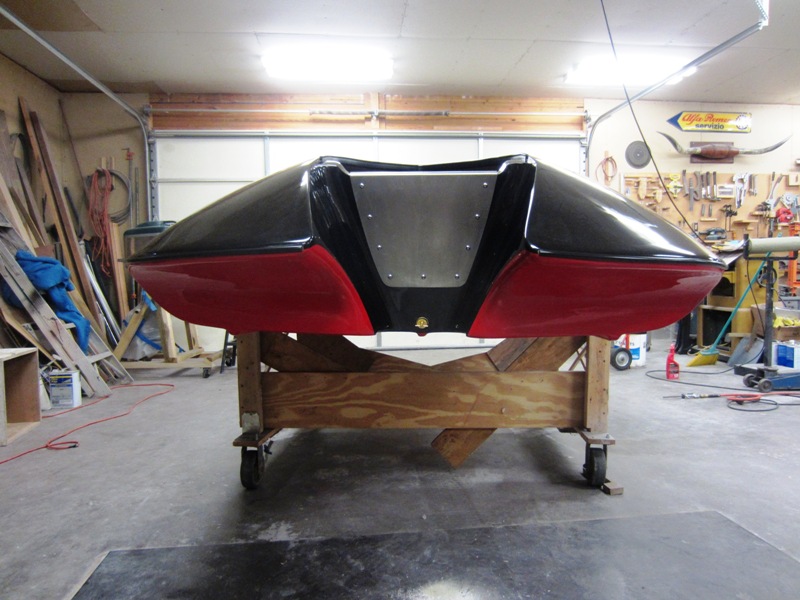
First time outdoors
in the sun..!
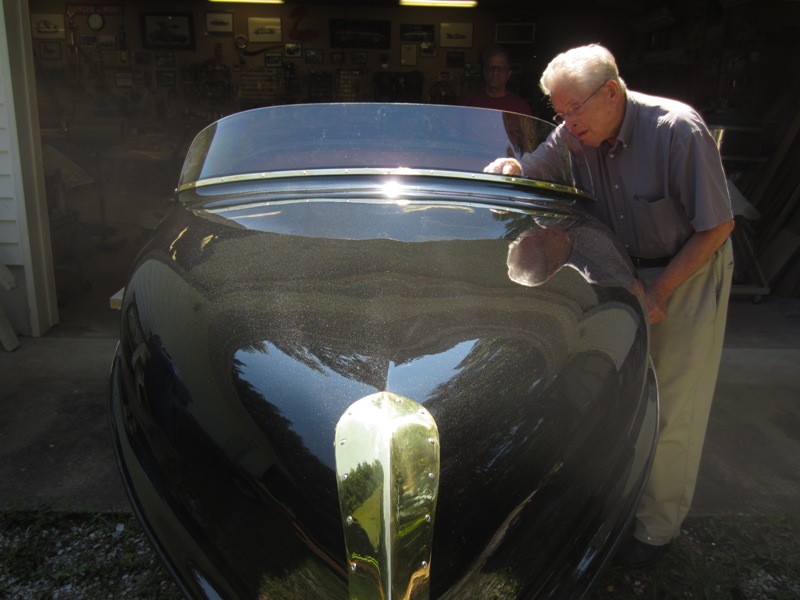
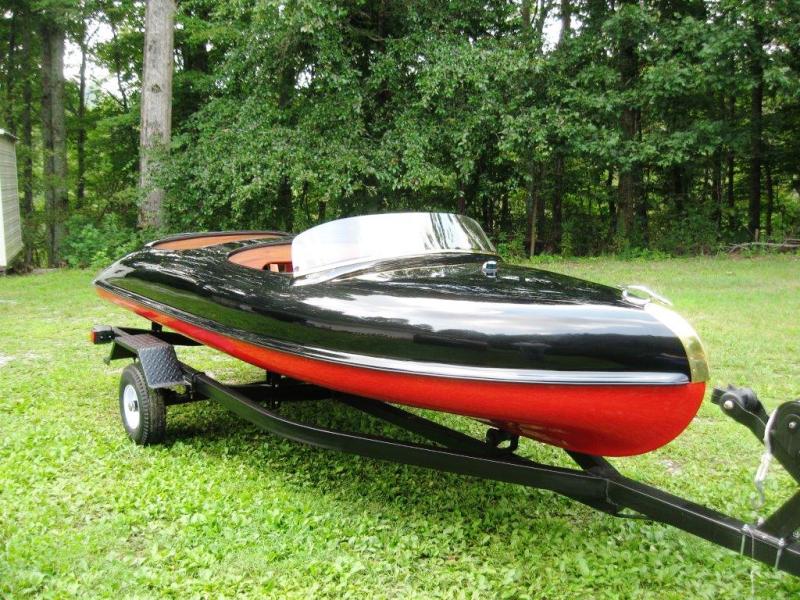
Made some progress recently... Finally!
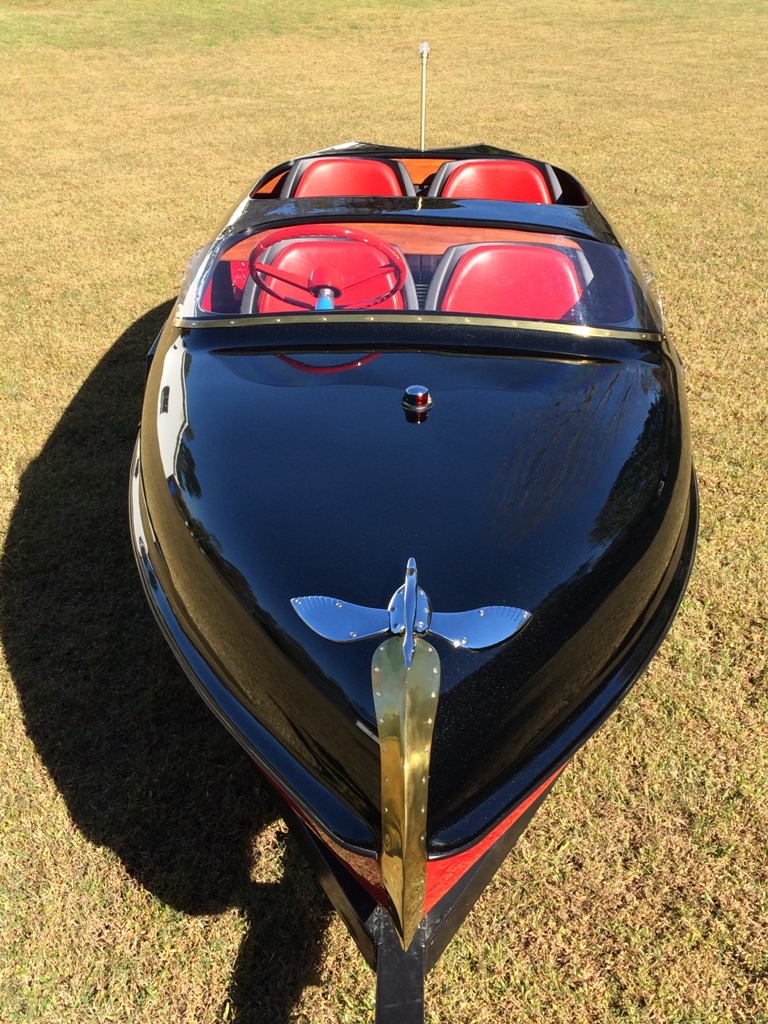
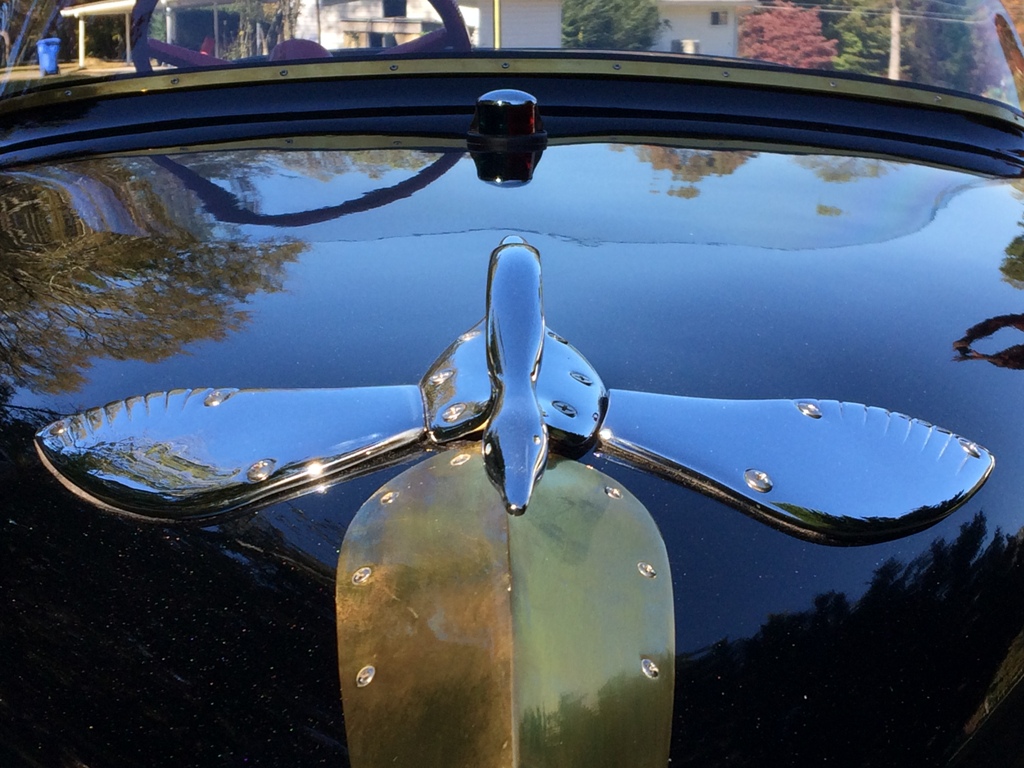
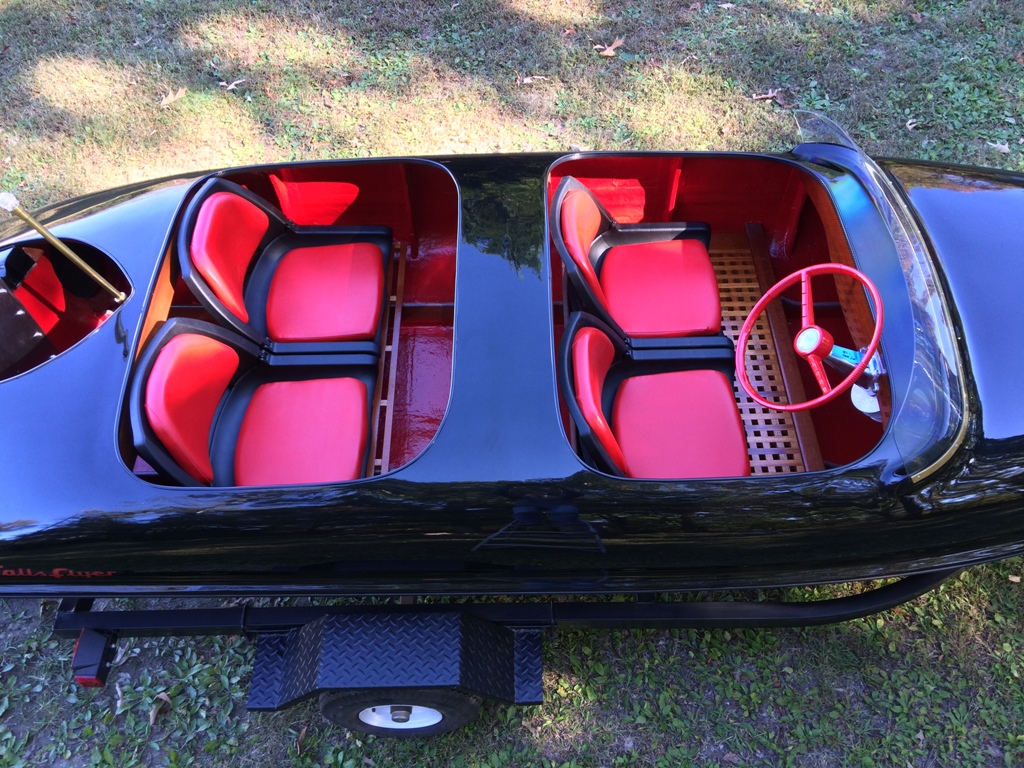
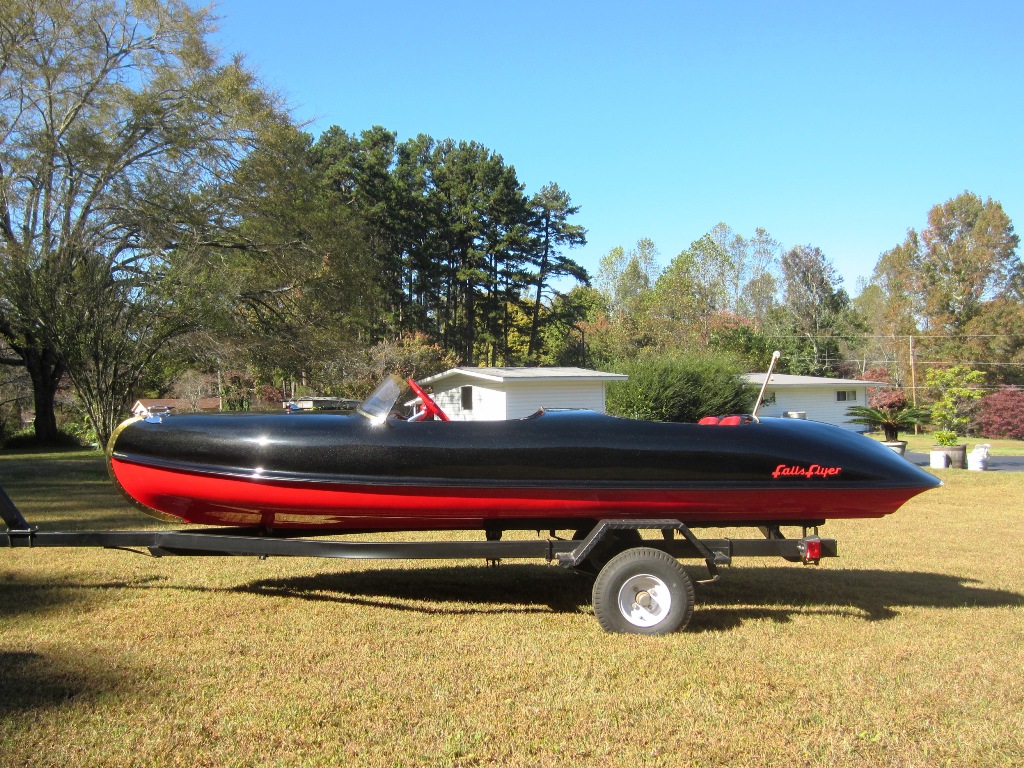
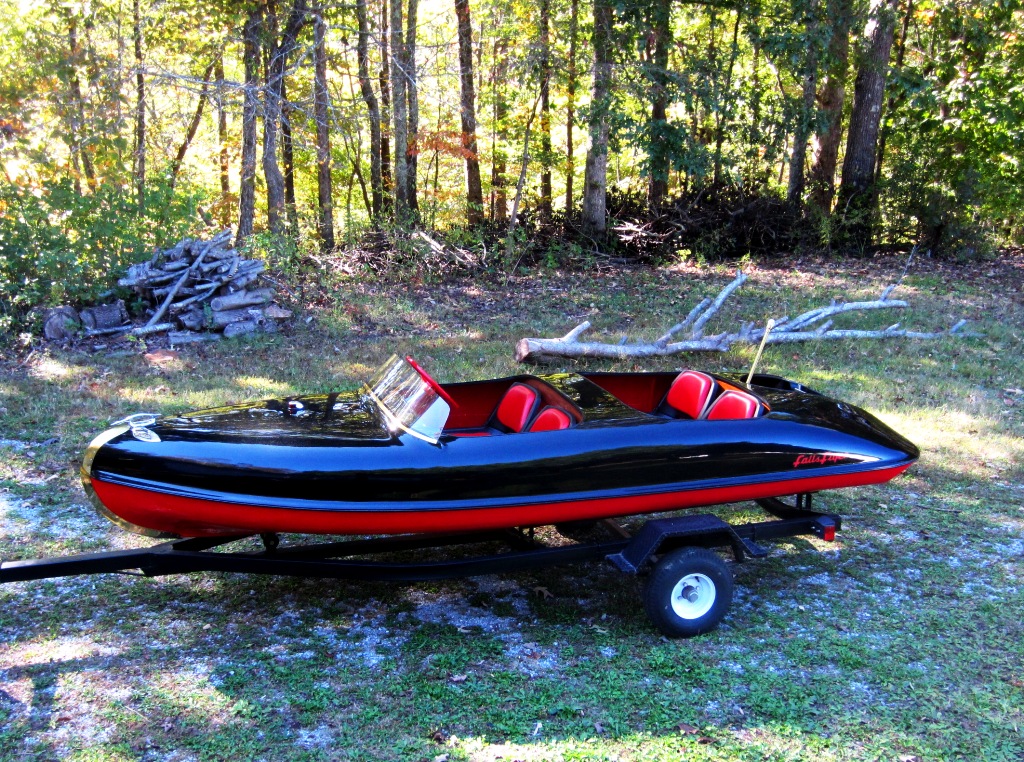
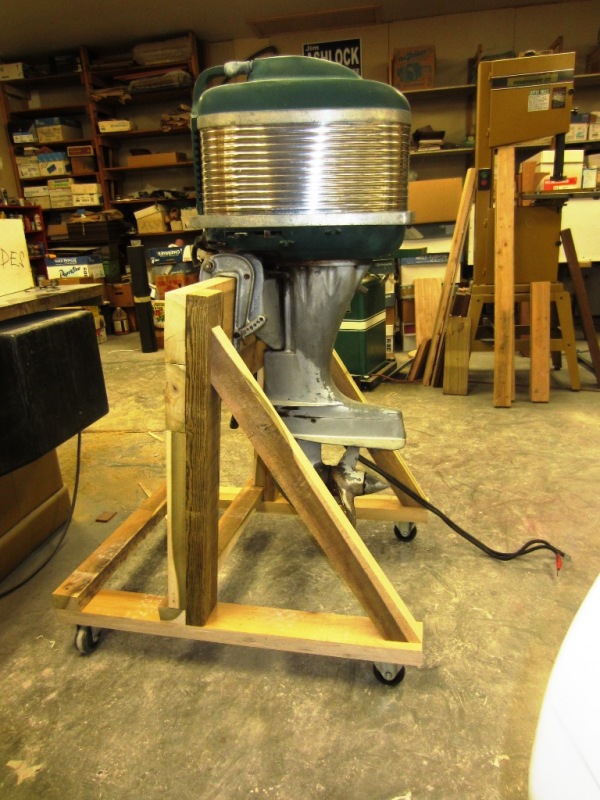
Classic Falls Flyer
featured 26th annual Minnesota Lakes Classic Boat and Car Show
May 31, 2013
Written by Stacie Kimball
It is hard not to take a second glance at a Falls Flyer boat. In fact, even a non-boat enthusiast may even find it difficult to stifle the urge to come to a complete stop to admire the pure uniqueness of this vessel.
The Falls Flyer will be the featured boat at the 26th Annual Minnesota Lakes Classic Boat and Car Show at Arrowwood Resort and Conference Center on Lake Darling in Alexandria. Classic watercraft from manufacturers, such as Chris Craft, Gar Wood, Alexandria Boat Works and others, will be shown on land and in the water at the show.
The history of this distinctive Minnesota-made boat is as captivating as its looks and all thanks to the Falls Flyer pioneering creator, Paul Larson of Larson Boat Works.
Larson was one of the admiring millions who watched Charles Lindbergh's historic landing at the Le Bourget Air Field in Paris in 1927. Larson, like many, was impressed by Lindbergh's remarkable transit of the Atlantic Ocean and he wanted to honor the famous aviator in a new line of boats.
From this admiration the Falls Flyer was invented and named to honor Lindbergh. The word "Flyer" was out of respect for the aviator's outstanding 3,600-mile solo flight and "Falls" for Little Falls, the central Minnesota hometown of both Larson and Lindbergh.
Larson was a prodigy
who built his first boat from scraps at the age of 11. He was a successful
entrepreneur while still a teenager. His boat factory, located on the
Mississippi River, was well established by 1927, and it was manufacturing
hundreds of handcrafted wooden boats.
Production of the Falls Flyer began in 1937 with the design of the boat
as a rounded-hull vessel with a double cockpit built of canvas on wood.
It resembled and had many features of Lindbergh's Curtiss biplane, model
JN4, which was named Jenny. This was the plane that Lindbergh flew while
barnstorming and carrying mail in the years prior to the famous Spirit
of St. Louis he flew across the Atlantic.
The first outboard Falls Flyers were built in 1938 and were constructed using techniques similar to early canoe building. Thin cedar strips were screwed to oak ribs and then aircraft canvas was tightly stretched over this framework and glued. The boats were given a distinctive tri-color paint job. The bottom to the splash guards were adorned with bright red marine enamel with the bow and part of the deck painted black. The remainder of the boat was decorated with an ivory paint. All of the colors were blended at the bow of the boat.
Larson patented the idea for this boat that would capture the American heart. Pride in the innovative creation along with numerous modernizations prompted the successful inventor to take out a patent in 1941 for "a new original and ornamental Design for Boats."
The boat was sleek and stylish with a narrow, low-slung bullet shape. Larson abbreviated the transom, surrounding it with a sloping rear deck that went right to the waterline, which to this day is an industry standard for high-performance recreational outboards. The wooden boat had an airplane-like body and cockpit. Although the 25 inboard Flyers that were manufactured drew mixed reviews for their tendency to torpedo or sink in big waves, the outboards attracted quite a number of fans.
A few 21-foot inboards were built, along with one 17-foot model, and a handful of the single-seat speedster models.
World War II brought an end to recreational boat building at the Larson Boat factory. Then, in December of 1949, the factory was engulfed in flames that consumed everything, including boats, patterns, molds and records. It was shortly after the tragedy that Larson began implementing the new fiberglass technology that was promising smoother marine rides. This new innovation brought about watercrafts that were stronger and nearly maintenance-free.
The first molded fiberglass Flyer model was revealed in 1954. By shaping the internal structure of the original design these extraordinary Flyers were much lighter than that of the competition though only built until 1957.
By 1958, however,
Larson had presented other novelties to the Flyer line: fins and probably
the first all-black molded boats. The dorsal wings on either side of the
motor transom, briefly popular on automobiles, never seemed to take off,
and the Flyer line ended after 1960.
Only about 99 Flyers are still around today. Over half of those boats
are the fiberglass model, according to Ross Pfund, editor of Flyer Fever.
He also reported that some 31 wooden Flyers remain, including 19 outboards
and 12 inboards.
Today, five Falls Flyers are on display at the Minnesota Lakes Maritime Museum in Alexandria. The museum includes a large exhibit dedicated to the history of Larson Boat Works.
Of the five Larson Boat Falls Flyers displayed at the museum, one is a rare 1939 17-foot Flyer with a split cockpit. The extremely rare boat was purchased at the 2012 auction of The Mikkelson Collection owned by Paul Mikkelson. It was the only 17-foot split cockpit Falls Flyer ever built. It was restored for Mikkelson by Tom Juul of Juul Boat Works in Evansville.
Larson Boat Works
and its Falls Flyer will be featured, and Paul Mikkelson will be the event's
honorary chairperson at this year's Minnesota Lakes Classic Boat and Car
Show. The show is free to the public and will be held on July 13 from
9 a.m. to 3 p.m. at Arrowwood Resort and Conference Center on Lake Darling
in Alexandria.
